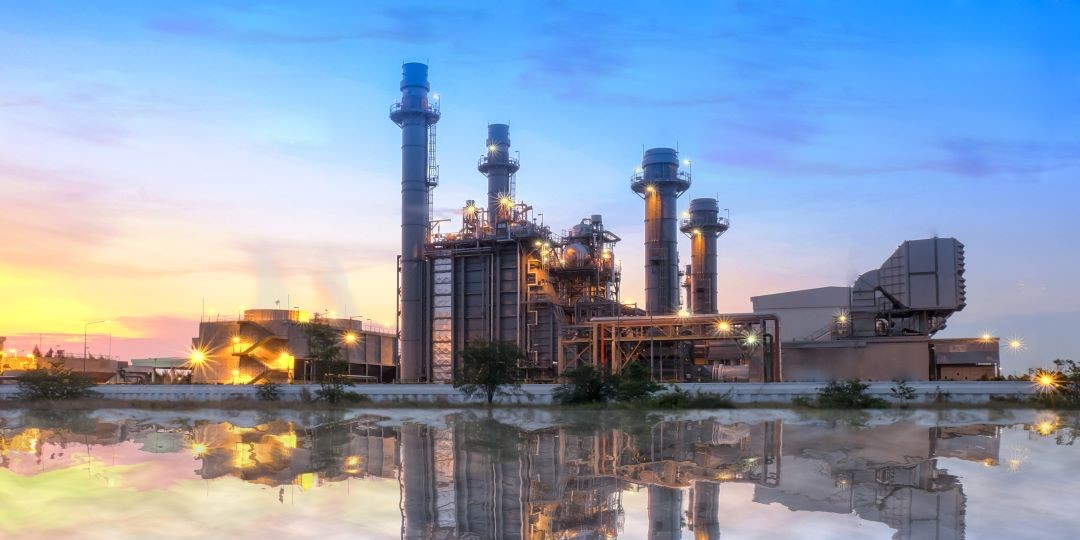By Troy Dahlgren, NERC Reliability Specialist
On May 9th, 2021, a small, ordinary line-to-ground fault at a combined-cycle facility near Odessa, TX exposed a major reduction in active power production from solar plants throughout the region. NERC considers this a serious problem. If left unmitigated, ERCOT and NERC anticipate the possibility of major reductions in power as solar generation is expected to increase significantly over the next ten years. With solar generation on the rise across the country, NERC sees the need to make changes in regulations applicable to the entire Electric Reliability Organization (ERO).
At the time of the disturbance, solar resources accounted for nearly ten percent of the online generation supplying the net demand of 47,434 MW in ERCOT. Almost 25 percent (1,112 MW) of that solar generation tripped offline in response to the disturbance and took about eight minutes to return to predisturbance operation. With the anticipated growth of solar generation in the next ten years, ERCOT and NERC are concerned with potential losses in generation during similar events if the findings of the report aren’t addressed by industry and the ERO.
NERC’s first recommendation is for industry to adopt Reliability Guidelines that have already been published. Approved guidelines addressing resource performance and transmission planning with respect to inverter-based resources are BPS-Connected Inverter-Based Resource Performance, Improvements to Interconnection Requirements for BPS-Connected Inverter-Based Resources, and Performance, Modeling, and Simulations of BPS-Connected Battery Energy Storage Systems and Hybrid Power Plants. NERC has observed that these have been adopted by some, but that Generator Owners and Operators (GO/GOP), and developers/manufacturers should adopt the performance recommendations as well. NERC also feels that Transmission Owners (TO) need to establish clear and consistent interconnection requirements.
Along with the TOs improving their requirements, NERC suggests that FERC make improvements to the Generator Interconnection Process (GIP) and Generator Interconnection Agreements (GIA). These improvements should be focused on ensuring the reliable operation of resources prior to their commercial operation.
NERC is strongly recommending the development of Standard Authorization Requests (SARs) to address a number of areas in the Reliability Standards. NERC believes there is a need to make enhancements that will address gaps in modeling, studies, and the performance of inverter-based resources. NERC will be looking for the Reliability and Security Technical Committee (RSTC) to develop a ride-through standard that would replace PRC-024-3. NERC has found that even when an entity can produce documentation showing its voltage and frequency protection settings are outside the “no trip zone”, some facilities aren’t able to actually perform as such. This would accompany a standard intended to validate the performance of a generation facility after an event, much like PRC-004 assessed Protection System operations after the fact. Additional inverter-specific performance requirements would include analysis and reporting of abnormal inverter operations.
GOs and GOPs will need to take part in the development of these new Standards. By participating in groups such as the North American Generator Forum (NAGF), Standard Drafting Teams, and the ballot pools, GOs and GOPs can make sure their views are represented.











